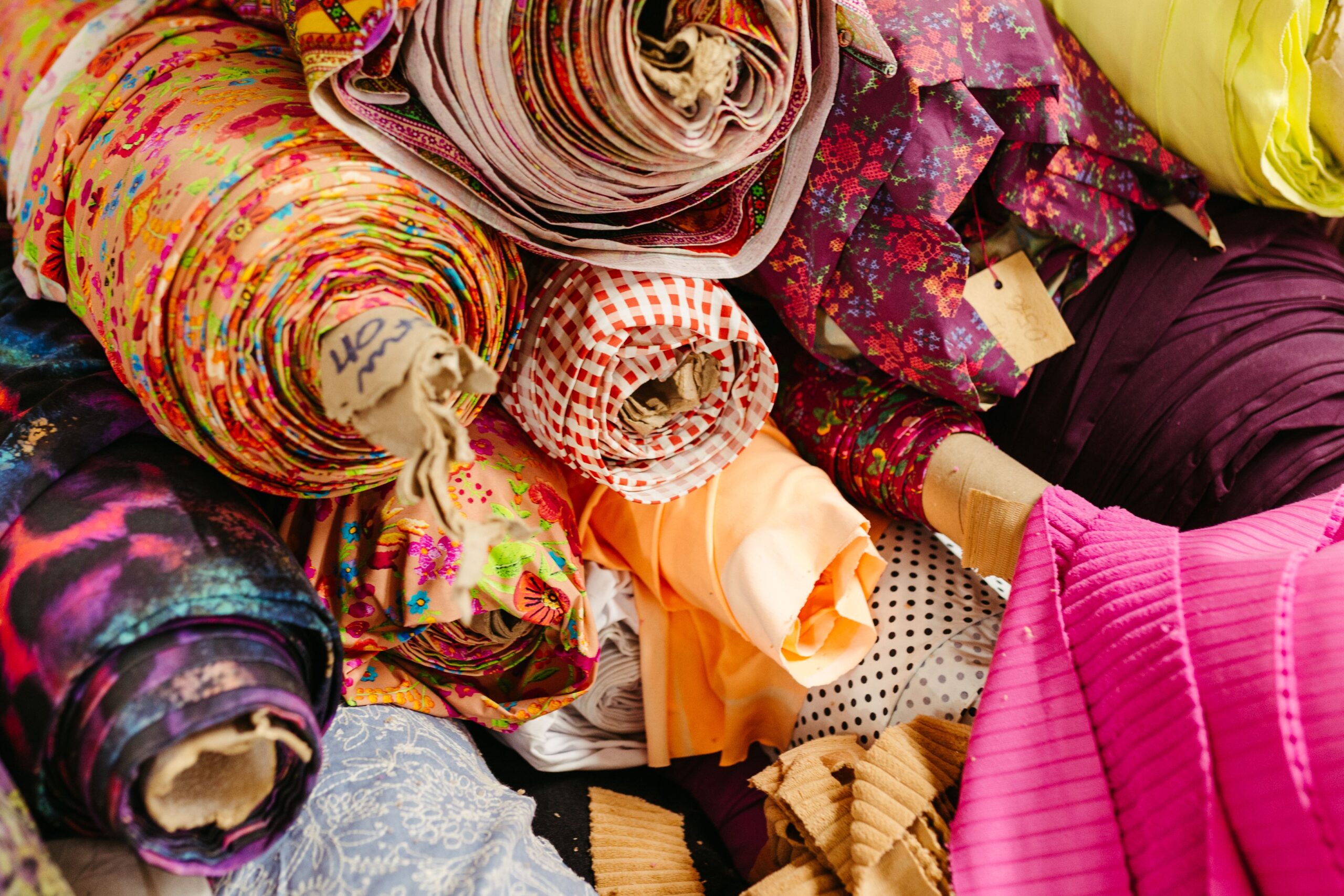Your cart is currently empty!
The Benefits of Hemp Fabric

Why Hemp Fabric Is Taking Over Sustainable Fashion
As consumers become more conscious of the environmental impact of their clothing choices, the fashion industry is turning its focus to sustainable alternatives. One material that’s quickly climbing the ranks is hemp fabric. Derived from the stalks of the Cannabis sativa plant, industrial hemp has been used for centuries—but modern technology is giving it new life in everything from high fashion to home textiles. Here’s why hemp fabric might just be the future of eco-conscious fashion.
What Is Hemp Fabric?
Hemp fabric is a natural textile made from the fibers of the industrial hemp plant. It’s processed in a way similar to linen and can be spun into threads or blended with other fibers like organic cotton, silk, or recycled polyester. The result is a breathable, durable, and versatile fabric suitable for a wide range of applications—from t-shirts and denim to upholstery and towels.
The Benefits of Hemp Fabric
1. Eco-Friendly and Sustainable
Hemp is one of the most environmentally friendly crops on the planet. It grows rapidly—up to 10–15 feet in just a few months—requires little water, and doesn’t rely on herbicides or pesticides. Plus, it actually improves soil health through phytoremediation, making it a regenerative crop that gives back to the earth.
2. Biodegradable
Unlike synthetic fabrics that linger in landfills for centuries, hemp fabric is 100% biodegradable. When discarded, it breaks down naturally without leaving behind microplastics or toxic residues.
3. Breathable and Moisture-Wicking
Hemp fibers are highly breathable and have natural moisture-wicking properties. This makes hemp fabric ideal for warm weather clothing, activewear, and even bed linens, keeping you cool and dry without synthetic materials.
4. Antimicrobial and Odor-Resistant
Hemp has natural antibacterial properties that make it resistant to mold, mildew, and odors. This makes it a great choice for socks, undergarments, and clothing worn during travel or exercise.
5. Strong and Long-Lasting
Hemp is up to three times stronger than cotton. Garments made from hemp are known for their durability and resistance to wear and tear, becoming softer with each wash without losing structural integrity.
6. UV Resistant
Hemp fabric offers built-in UV protection, blocking more of the sun’s harmful rays than most other natural fibers. This makes it a smart option for outdoor wear and summer apparel.
Challenges to Consider
Despite its many advantages, hemp fabric isn’t without challenges:
- Higher Initial Cost: Hemp clothing tends to be more expensive due to limited production and processing infrastructure.
- Limited Availability: Hemp textiles aren’t as widely available as cotton or polyester, although this is changing rapidly.
- Misconceptions: Because hemp is related to marijuana, there’s still some stigma and confusion surrounding its use.
The Future of Hemp in Fashion
As sustainable fashion continues to grow, more brands are embracing hemp for its performance, aesthetics, and eco-credentials. With advancements in softening techniques and fabric blends, hemp is shedding its rough, rustic image and stepping confidently into mainstream and luxury fashion markets.
Final Thoughts
Hemp fabric offers a powerful combination of sustainability, performance, and longevity. From everyday basics to runway pieces, it proves that style doesn’t have to come at the planet’s expense. As we move toward a more conscious future, hemp might just become the gold standard for green fashion.
